Diamond Planning – “The Journey to the brillianteering”
Posted by Hari Krishna
March 28, 2022
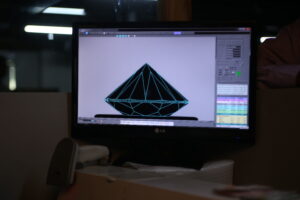
Diamond planning is a long procedure that happens in several phases. A rough diamond passes through multiple phases and comes out as a scintillating beauty! Some of the experts ensure the best outcome at the end of every phase. The professionals take care of every judgment taken before, after, or in between the processes of making diamonds to achieve maximum yield.
The mining of diamonds can be done directly from the rocks, which are called primary deposits, or can be done from secondary deposits. In secondary deposits, diamonds are mined from the ground, sand, or gravel. These deposits are formed by the erosion of primary deposits and are traveled by water, found at river banks, shores, or in the ocean’s fine sand.
Now, we will see the different processes through which a rough diamond goes to shine at its fullest. People working at every stage of diamond formation strive to achieve the chosen plan, planned for the final result. The importance of Diamond Planning is more as that is what will decide the outcomes.
Let’s see the classified list of the tasks carried forward through the process. Not every process needs to take place as planned; it can happen in a different or repeated order:
❖ Pre-Process Sorting: This sorting is made according to the rough diamond’s color, clarity, fluorescence, quality, and model. Based on this, the next process will occur.
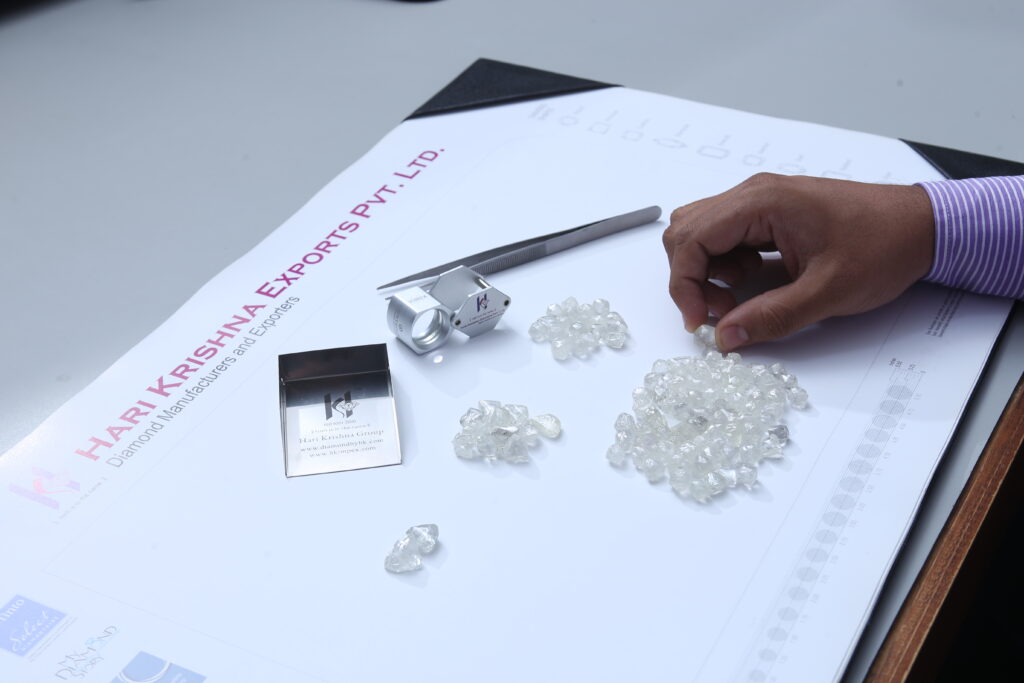
❖ Planning and Marking: Planning is the process in which it is decided how the rough diamond will be cut and polished. Skillful artisans do planning with the help of technology, obviously! The planning phase also goes through some sub-phases:
➥ Constructing a 3D surface model of the rough diamond:
Accurate 3D modeling of the rough diamond surface is the first step in automated rough diamond planning. Rough diamonds have a complex texture with convex and concave surfaces, making accurate modeling difficult.
The marker employs the Sarin Dia-Expert system to assist in determining the best location for marking a rough diamond for sawing or cleaving. This system consists of a sample stage, light source, and camera along with a computer system.
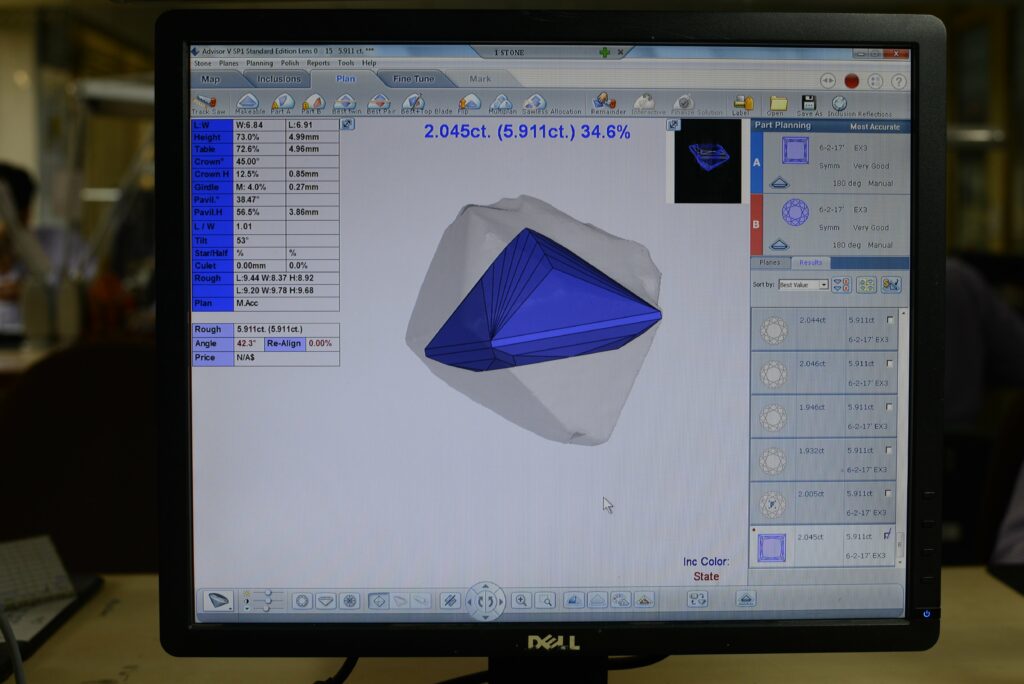
➥ The detailed steps of how markers use the software are as follows:
1. The rough diamond is placed on the sample stage of the system by the marker.
2. The decision is made regarding the faceting proportions that the diamond should be cut to.
3. The marker then has the option of defining the cut stone’s quality in terms of color and clarity if he desires so.
4. The system measures the rough crystal’s geometric proportions in a variety of orientations, giving the computer a detailed three-dimensional description or model of the crystal.
5. The marker may ask the computer system questions like what will be the largest and smallest stone, or what two cut stones will result if the rough diamond is sawn or cleaved along a defined path.
6. For each option, the system will overlay an image of the rough with the potential shapes and sizes of the cut stones. It also shows the weight of each cut stone as well as the total cost of each option.
7. When the marker chooses an option, the system, in collaboration with the operator, draws a black line on the rough crystal along which the diamond will be sawn or cleaved.
The marker must carefully consider where the marker line should be placed on the rough diamond in order to maximize the yield from that piece of rough.
Even a 0.05 mm difference in the placement of this line can result in a significant price difference between the two final cut diamonds. The final carat weight of each stone is multiplied by the price per carat to determine the price per piece.
➥ Plotting clarity components:
Using the technology, planners can auto plot the inclusions in the rough diamond without making any windows and without leaving any marks or traces on the stone.
They capture images for auto plotting of inclusions. The technology offers a very high depth of sharpness to amplify the view of inclusions.
The location of inclusions in the rough diamond and how to avoid or place them in the polished stone is one of the most difficult challenges faced by the marker. The refraction of light creates the locations of real inclusions in a diamond crystal as well as a reflection of the same inclusion.
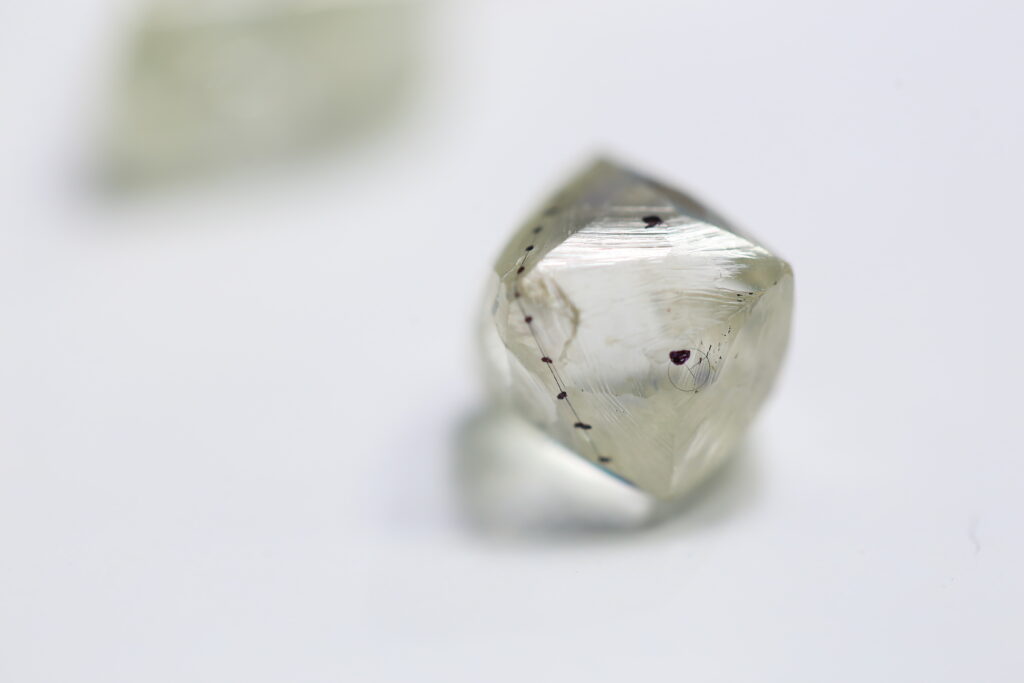
However, if the crystal is sawn through the real inclusion, it will yield two stones that are similar in weight to those in the first option, but both will be of higher clarity- and thus will be more valuable.
➥ Planning the cutting and polishing to maximize yield:
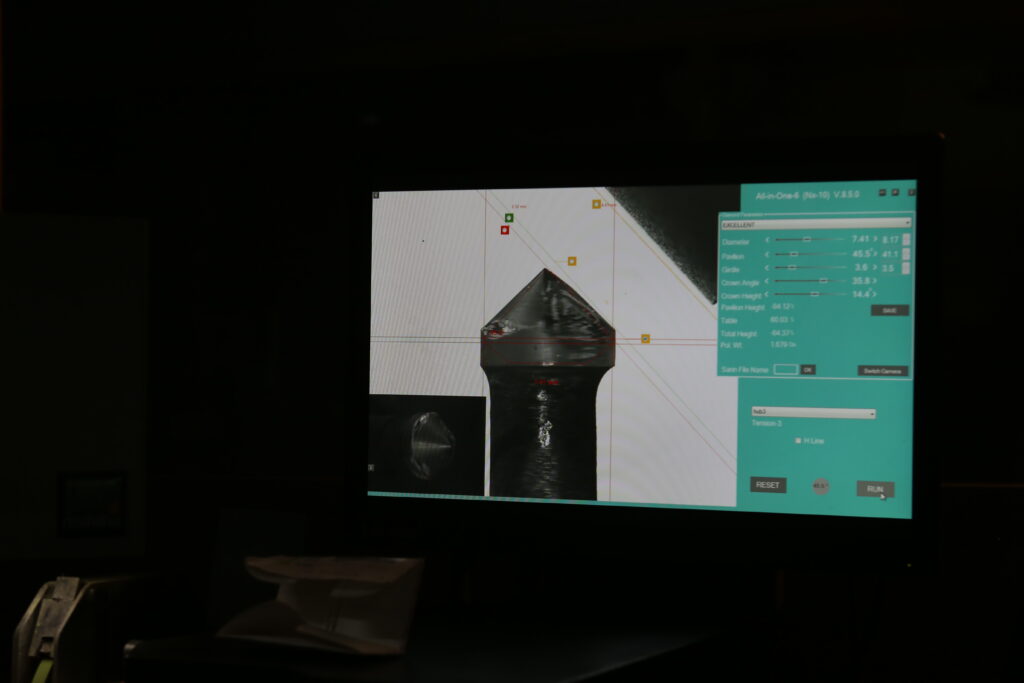
Mapping software is used to gain the maximum output. It can see deep inside the core of the rough stone and, based on its judgment, give the design plan for sawing and polishing the rough diamond.
Once the design plan has been ready and selected, if the diamonds need to be cut, they will be marked by pen or automated laser marking to display the cleaver/sawyer where the cut would be made. During this diamond planning stage, the conclusion on whether to saw, cleave, or polish the rough diamond will be derived.
❖ Cleaving: To get the best overall yield and/or clarity, many diamonds are divided into multiple parts. Cleaving is a method of dividing a diamond. This method is frequently used on rough diamonds with internal cracks and fractures and helps remove or avoid them to improve overall clarity.
❖ Laser Sawing: LASER has transformed the diamond cutting industry, allowing for significant time and cost savings. It permits the cutting of previously unworkable materials and can greatly reduce the risk of damage. The stone appears blackish and opaque after it has been laser sawn. Cleaning procedures restore it to its former glory.
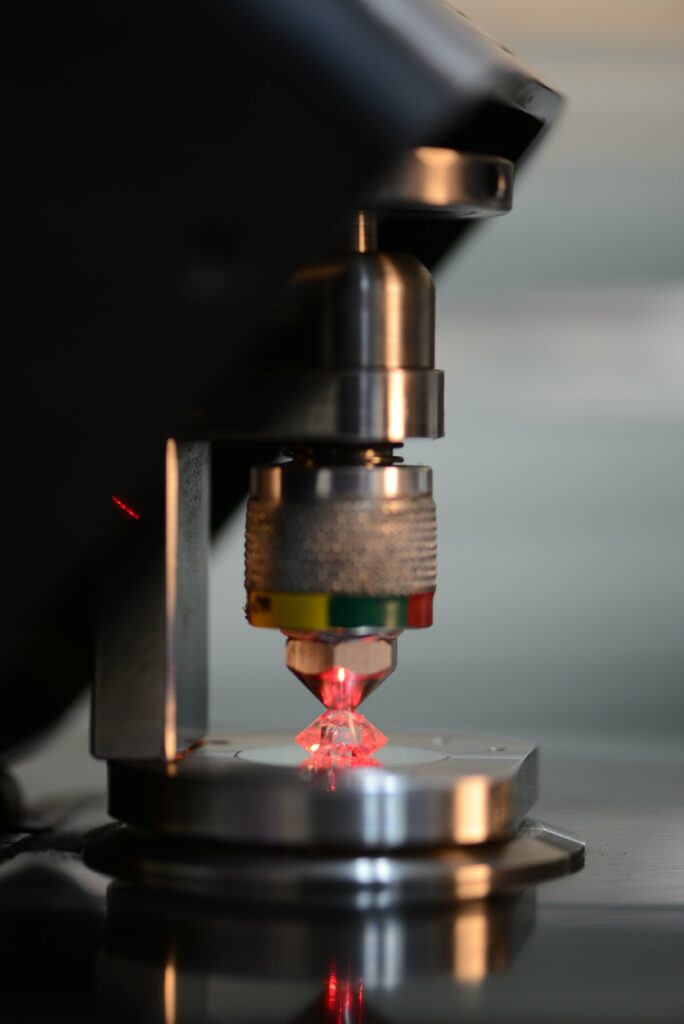
❖ Sawing: On a diamond, blade sawing can only be done in certain directions that are different from the cleavage directions. The stone is marked with a line where the blade will divide it before any sawing takes place.
❖ Bruting: Bruting is the process of rotating a diamond against another diamond to round or shape it. The cutter works with stones that have been sawn, cleaved, or are whole. The stone’s precise shape is determined at this point, including the girdle’s diameter and location and the table and culet’s locations.
❖ Blocking: Blocking is the process of forming the diamond’s basic shape. It entails polishing eight facets on the diamond’s crown and eight facets on the pavilion.
❖ Brillianteering: This is the final stage of the diamond transformation. The bottom facets will be polished to create the 16 lower girdle facets and the 8 pavilion facets, 8-star facets, 8 bezel facets, and 16 upper girdle facets.
A quality assurance (QA) check is performed at each stage of the process to ensure that the stone is in accordance with the plan. If necessary, the stone may be re-planned to allow the team to address unexpected challenges or to move to a more commercially viable option. This could be due to shifting market conditions or a shift in the potential yield.
The top diamond manufacturing companies like HK begin the process of imagining what might emerge from the rough diamond. The possibilities of polishing the rough into a single gem of maximum size or cutting it into several smaller gems of greater quality and overall value using detailed models of each diamond are taken into consideration.
The planner is the diamond’s creator, and he or she will consider a variety of options for the diamond’s shape, color, and where minor inclusions will be retained or excised.
We at HK have such brilliant and artistically skillful planners that define rough stones into shiny diamonds.
